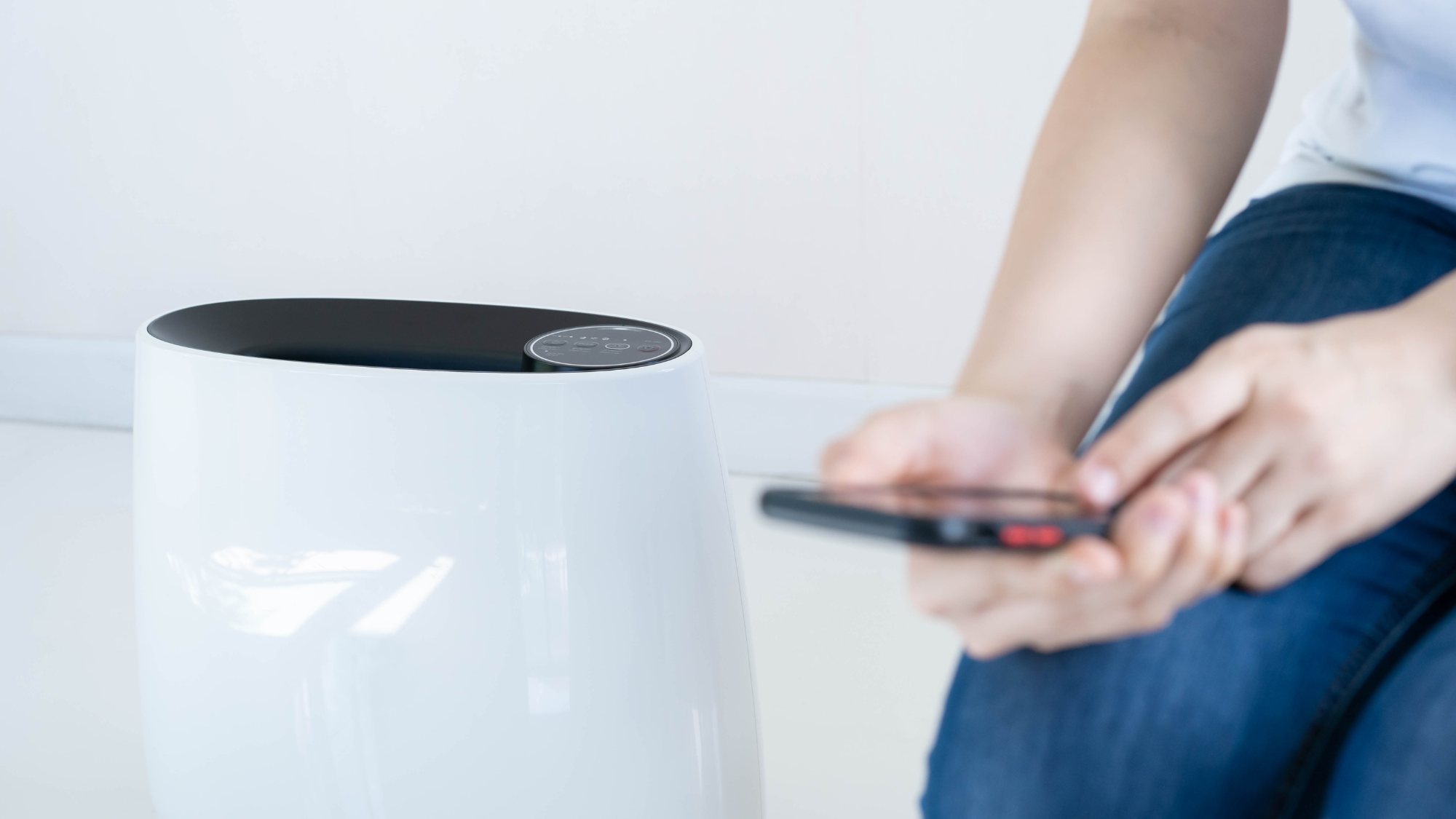A review by the EPA looked at the most common types of air filters and found that using a combination of HEPA and carbon (like the Austin Air filters) is the most effective. But the review warned against using other popular air filtration technologies such as plasma and photocatalytic oxidation (PCO).
A number of air-cleaning technologies are designed to either remove gaseous air pollutants or convert them to (ideally) harmless byproducts using a combination of physical and chemical processes. Gas-phase air-cleaning technologies include PCO and plasma.
PCO Technology
With photocatalytic oxidation (PCO), a high surface-area medium is coated with titanium dioxide as a catalyst. Incoming gases adsorb onto the media and UV lamps irradiate and activate the titanium dioxide, which reacts with the adsorbed gases to chemically transform them.
The problem is, according to the EPA study, PCO air cleaners have been shown to generate formaldehyde, acetaldehyde, nitrogen dioxide, and carbon monoxide. Not only that, most PCO studies have investigated gaseous removal while few have evaluated particle removal.
Plasma Technology
With plasma technology, an electric current is applied to create an electric arc. Incoming gases are ionized and bonds are broken to chemically transform the gaseous pollutants.
Again, the problem is (according to the EPA study), plasma air cleaners have been shown to form particles, ozone, carbon monoxide, and formaldehyde as byproducts. (Page 9)
Ozone Generators
The report also stated that many electronic air cleaner devices—including portable and duct-mounted ESPs, ionizers or ion generators, uncoated UVGI lamps, and other products that advertise the use of “plasma,” “ions,” and other similar terms—can generate high amounts of ozone. Ozone is a well-documented lung irritant. Intentional ozone generators should not be used in occupied spaces. (Page 9)



